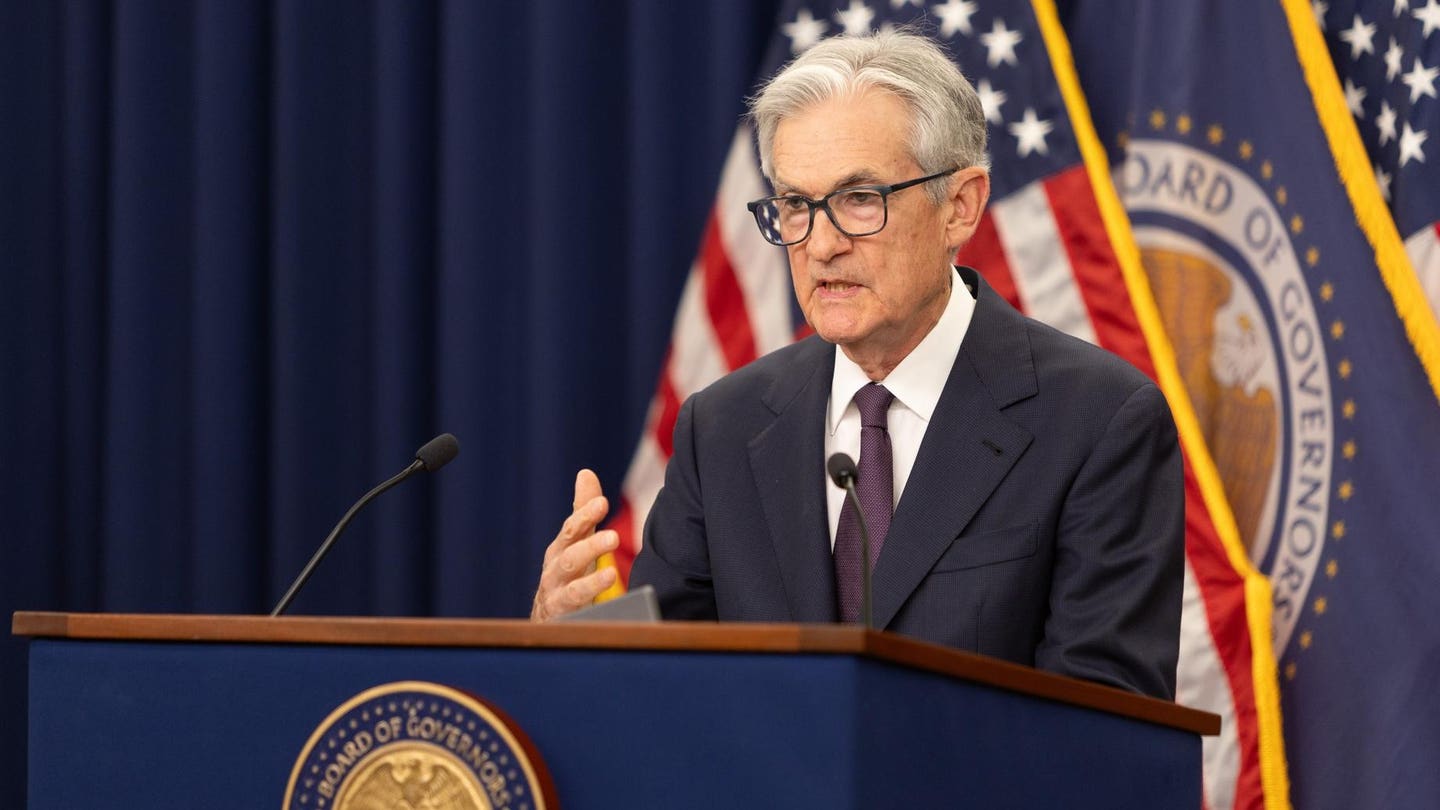In a bid to clear its long-standing debt arrears, Zimbabwe has reached out to 10 wealthy nations seeking financial support. However, the response has been less than enthusiastic, with no concrete commitments received so far. Finance Minister Mthuli Ncube shared these insights during an interview at the annual meetings of the African Development Bank in Abidjan, Ivory Coast.
The Financial Dilemma
Zimbabwe’s quest for bridge financing of $2.6 billion is crucial for the nation’s economic stability. For years, Zimbabwe has grappled with significant debt challenges, impacting its ability to access international financial markets. The debt arrears have hampered economic growth and placed a strain on public services, necessitating urgent intervention.
Diplomatic Outreach
The Zimbabwean government has embarked on a diplomatic mission to secure the needed financial backing. This involves engaging with some of the world’s wealthiest nations, aiming to appeal to their sense of global economic responsibility. However, as Finance Minister Ncube noted, the responses from these nations have been mixed.
“Some of them are very warm, some of them not so warm,” Ncube remarked, highlighting the varied reception Zimbabwe has faced. This uncertainty leaves the country in a precarious position, as it continues to navigate its financial obligations without a clear path forward.
The Importance of Bridge Financing
Bridge financing is a temporary form of financial support that countries like Zimbabwe use to maintain liquidity while working towards more sustainable financial solutions. Without this aid, Zimbabwe faces an uphill battle in meeting its fiscal responsibilities and supporting its citizens.
The Role of the African Development Bank
The African Development Bank (AfDB) plays a significant role in facilitating discussions around debt relief for African nations. By hosting annual meetings, the AfDB provides a platform for countries like Zimbabwe to engage with potential donors and financial institutions. The goal is to foster partnerships that can deliver meaningful economic support.
Challenges in Securing Support
Securing financial aid from wealthy nations is fraught with challenges. Donor countries often have their own economic priorities and may be wary of the political and economic risks associated with lending to countries with unstable economies. Additionally, the criteria for financial assistance can be stringent, requiring recipient countries to demonstrate sound fiscal management and economic reform plans.
Zimbabwe’s Economic Reform Efforts
In recent years, Zimbabwe has undertaken several economic reforms aimed at stabilizing its economy and attracting foreign investment. These include measures to improve fiscal discipline, enhance transparency, and foster a more business-friendly environment. Despite these efforts, the country continues to face skepticism from potential donors.
The Path Forward
For Zimbabwe, the journey towards financial stability is ongoing. The government remains committed to engaging with international partners, seeking not only financial aid but also technical assistance to bolster its economic reform agenda. As Finance Minister Ncube continues his diplomatic efforts, the hope is that more nations will recognize the strategic importance of supporting Zimbabwe’s economic recovery.
The global economic landscape is complex, with each nation navigating its own priorities and challenges. For Zimbabwe, the road to debt relief requires not only financial support but also a commitment to sustainable economic practices. As the nation continues its outreach, the international community’s response will be crucial in shaping Zimbabwe’s economic future.
Note: This article is inspired by content from https://www.bloomberg.com/news/articles/2025-05-30/rich-nations-courted-by-zimbabwe-non-committal-on-2-6-billion-bridge-finance. It has been rephrased for originality. Images are credited to the original source.







